14 Things You Only Remember If You Grew Up Before the Internet
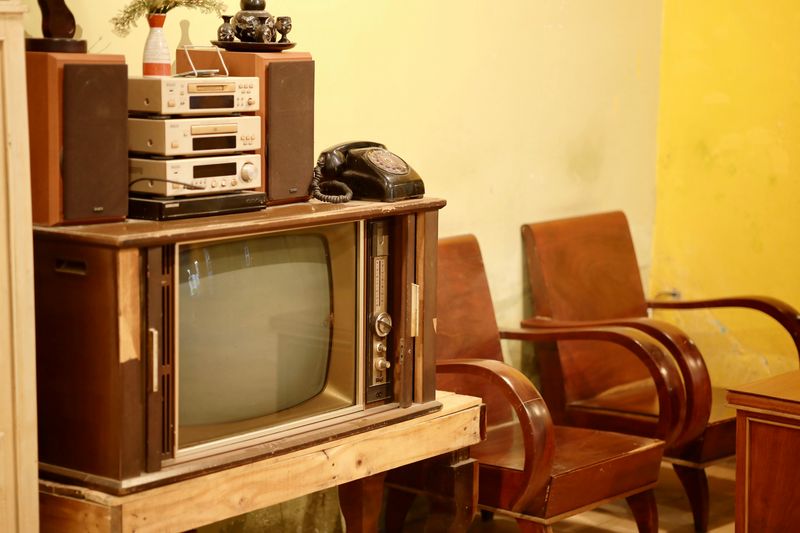
The digital age has ushered in unprecedented change, but those who grew up before the internet remember a world filled with different rhythms and experiences. It was a time when connection meant more than just Wi-Fi, and life wasn’t measured in likes or retweets. Every photo required patience, every call had a purpose, and every movie night was an adventure. These 14 items capture the essence of a bygone era, where technology was tactile, communication was personal, and discovery was an analog thrill. Whether it’s the sound of a dial-up modem or the tactile joy of a cassette tape, these memories evoke a unique nostalgia.
1. Dial-Up Modem Sounds
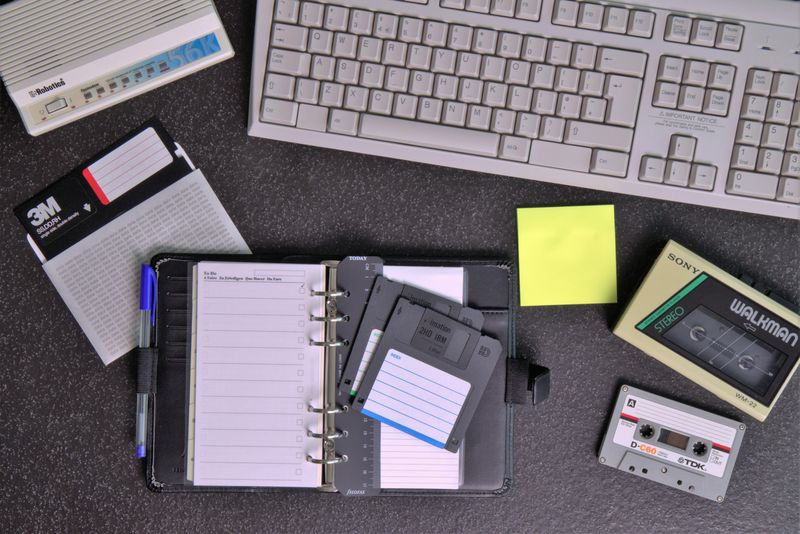
Ah, the unmistakable symphony of the dial-up modem—a cacophonous blend of screeches and beeps that signaled your connection to the World Wide Web. In those early days of the internet, patience truly was a virtue as users waited, sometimes for minutes, for their connection to establish. The sound was both an anthem of discovery and a reminder of the limitations of technology.
It was a shared experience, a soundtrack to the beginnings of digital exploration. These moments of anticipation fostered a unique appreciation for the digital content that awaited, making each web page a small victory.
2. Waiting for Photos to Develop
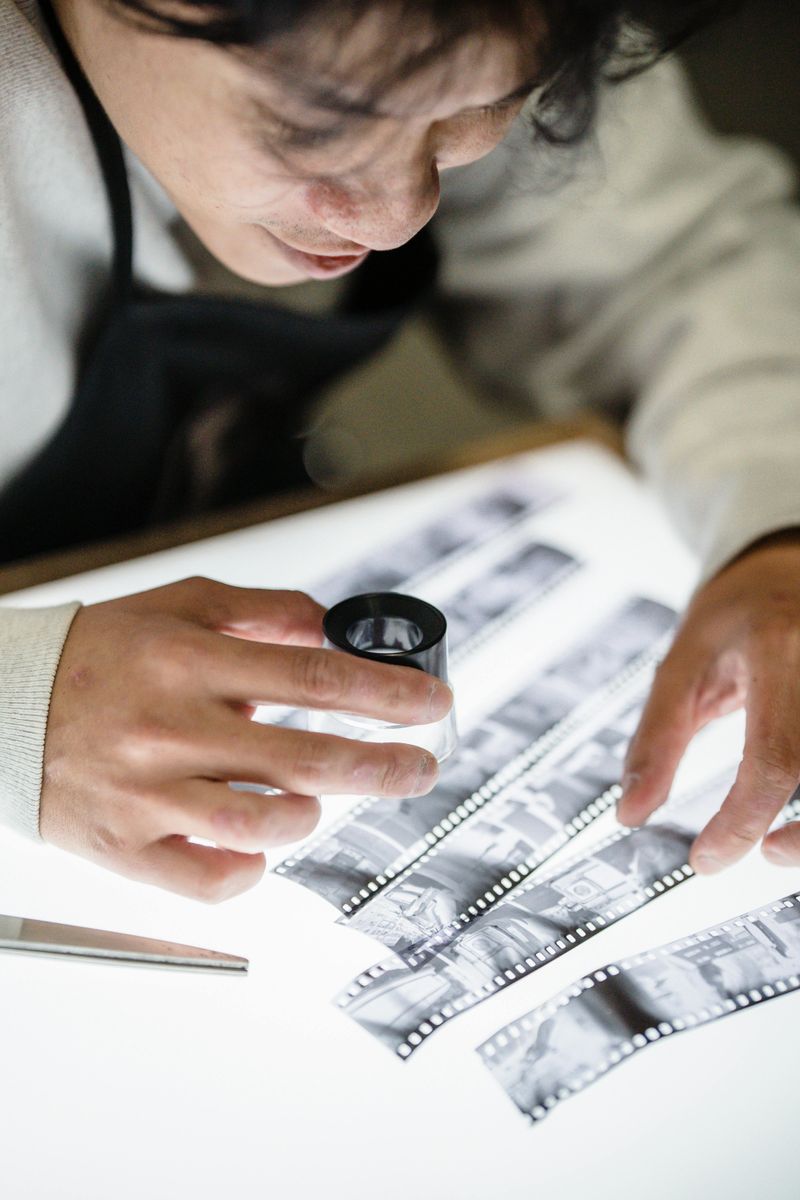
In a world before digital cameras and instant gratification, capturing memories required a bit more patience. Film cameras offered no instant preview, meaning you had to wait days, or even weeks, to see how your snapshots turned out.
This waiting game added an air of mystery and excitement. Opening that packet of developed photos was like unwrapping a present, filled with surprises and, occasionally, disappointments. Each photo was a tangible piece of memory, a captured moment that you could hold and share. It was an art form, a deliberate act of preservation in an impermanent world.
3. Writing Handwritten Letters

The art of letter writing, once a cherished form of communication, offered a personal touch that emails and texts seldom replicate. Each letter was a crafted message, penned with care, and often adorned with doodles or heartfelt scribbles.
It was a means of connection across distances, a tangible piece of one’s thoughts and emotions sent through the post. Awaiting a reply was a lesson in patience, as anticipation built with each passing day. Picking up a pen and writing a letter was both a ritual and an expression of authenticity, bridging the gap between hearts with ink and paper.
4. Cassette Tapes & Rewinding with a Pencil
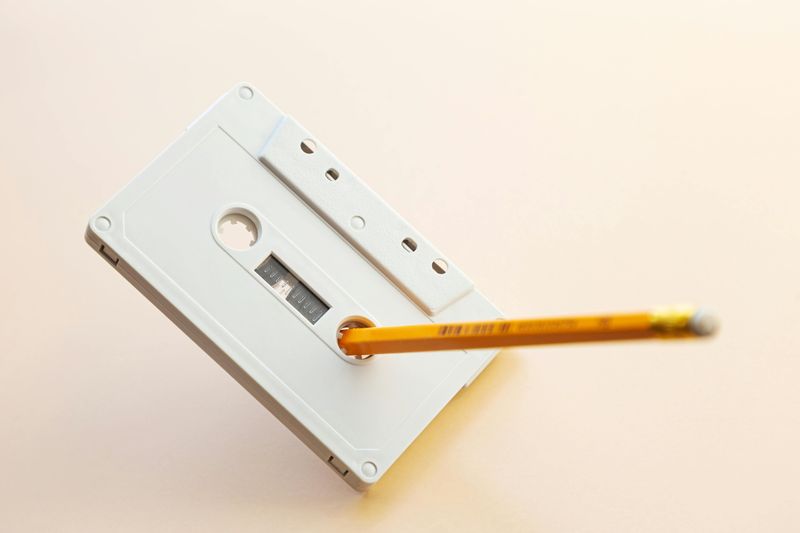
Cassette tapes were the mixtape’s humble beginnings, a personal soundtrack captured on magnetic tape. But when the tape deck decided to chew up your favorite mix, a trusty pencil became your savior. Rewinding a tape with a pencil was a rite of passage, a skill honed by necessity.
Each cassette held a world of sound, and the act of rewinding was part of the ritual of rediscovery. The tactile nature of cassettes offered a connection to the music, a physical interaction that digital playlists simply can’t emulate. It was music you could touch, rewind, and replay to your heart’s content.
5. Printing Out MapQuest Directions
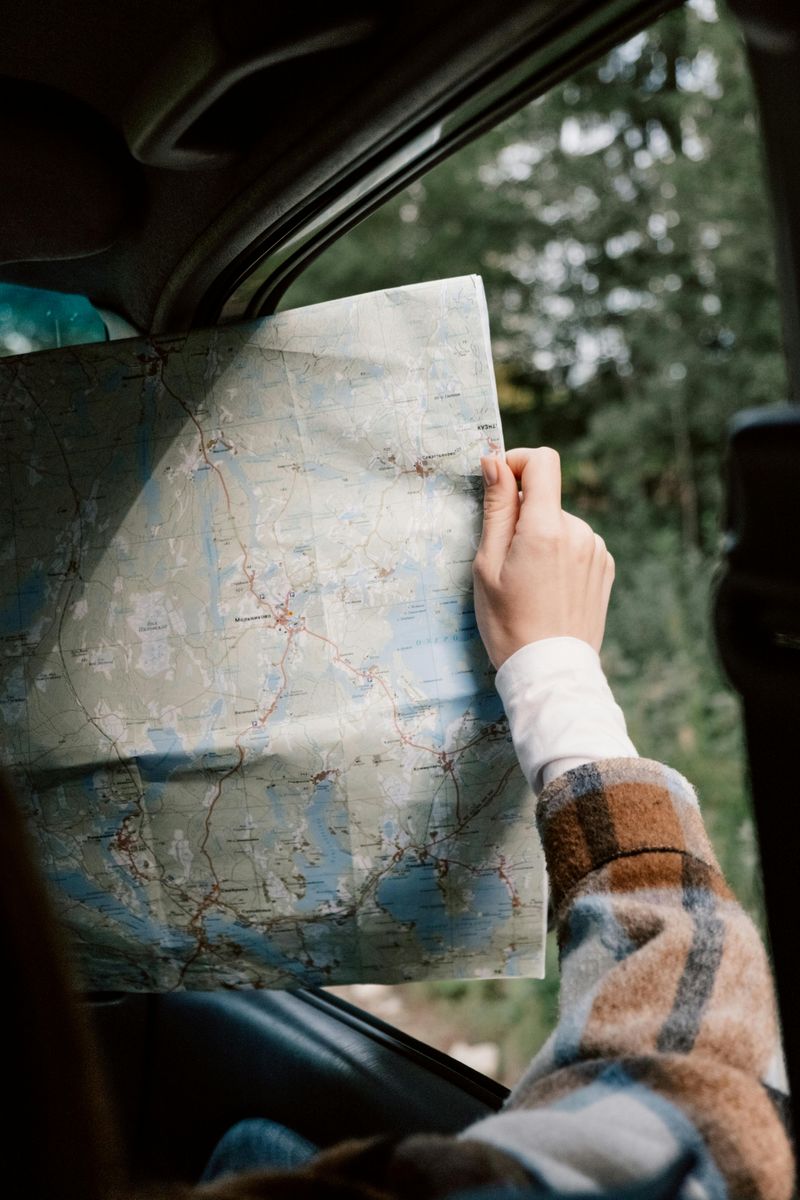
Before GPS systems became ubiquitous, planning a road trip involved a printer, MapQuest, and a bit of hope. Driving with printed directions was an exercise in navigation and trust. Missing a turn could mean consulting a paper map or even asking for directions at a nearby gas station. These printouts became companions on the journey, dog-eared and marked with notes.
Each trip was an adventure, with the potential for detours and discoveries along the way. The art of navigation was a shared experience, a challenge embraced by driver and passenger alike, with the route unfolding like a story.
6. Floppy Disks & Early Storage
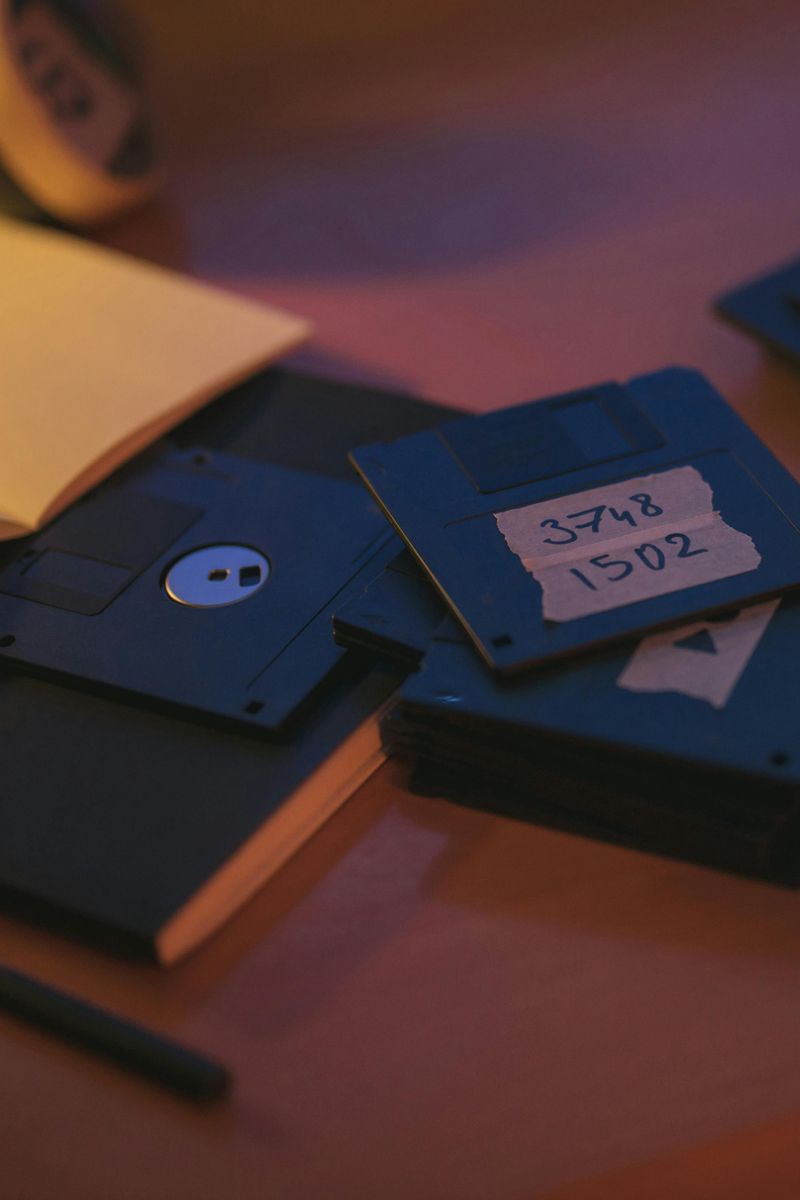
Once, these flimsy plastic squares were the epitome of cutting-edge technology. Floppy disks, with their modest storage capacity, were the original “save” icons, safeguarding documents and files with a satisfying click. They were physical tokens of digital achievement, slipped into computers with care.
Each disk held mere megabytes, a fraction of today’s storage capabilities, yet they were cherished assets. The ritual of labeling and organizing floppies was a dance of diligence. While their storage limitations are quaint by today’s standards, the floppy disk era was a formative time for digital pioneers, where every kilobyte was precious.
7. Using Encyclopedias for Homework

Before the internet became a gateway to infinite information, encyclopedias were the cornerstone of knowledge. These hefty volumes, often occupying an entire shelf, were a staple in many households. Researching a topic required flipping through pages, cross-referencing entries, and sometimes visiting the library for more in-depth exploration.
Each entry was a curated collection of human knowledge, distilled into print. Using encyclopedias was a tactile experience, a journey of discovery guided by alphabetical order. The weight of the book matched the weight of the information contained within its pages—a relic of a time when learning was a physical endeavor.
8. Calling Friends’ Landlines
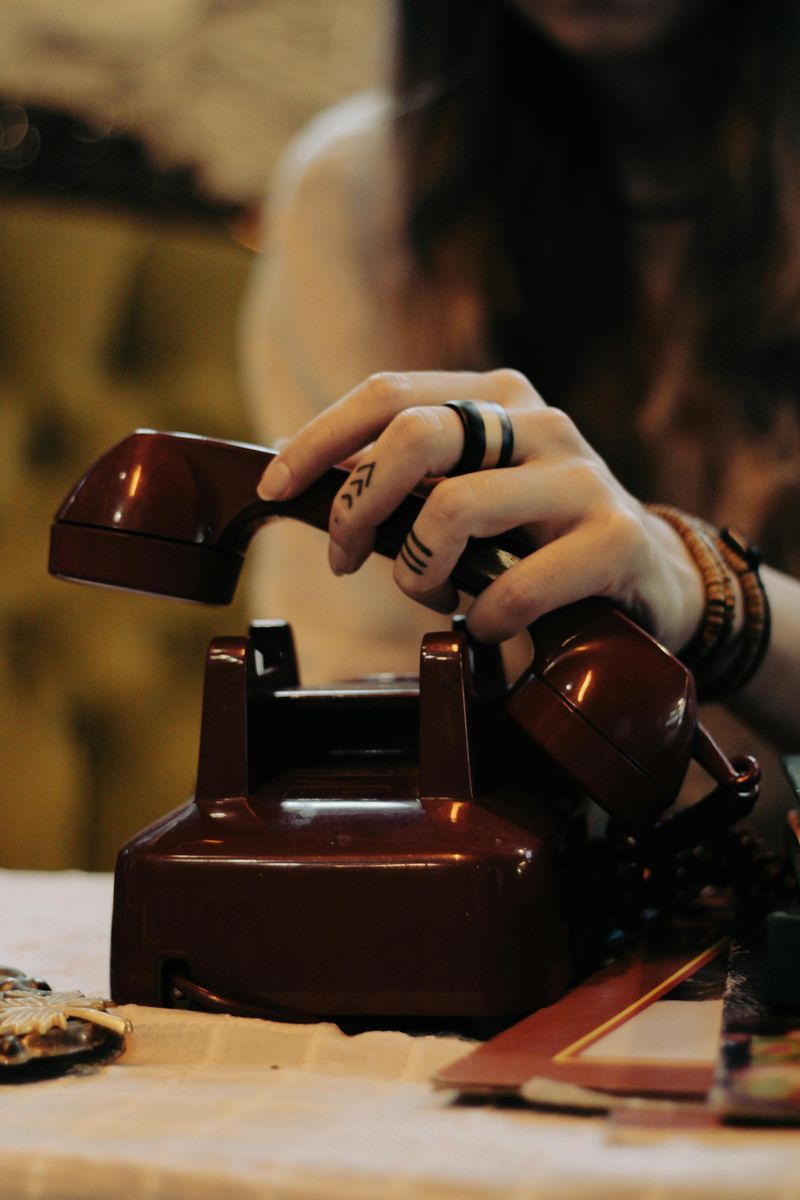
Calling a friend was once a ritual that required courage and a bit of formality. Dialing a landline often meant speaking to a parent or sibling before reaching your intended friend. It was a gateway to social interaction, where each call carried the potential for discovery and connection. The landline phone, with its tangled cord, was both a lifeline and a tether.
Conversations were grounded in the moment, without the distractions of modern multitasking. Each call was intentional, planned, and eagerly anticipated—a reminder of a time when voices carried the weight of friendships across the wire.
9. Blockbuster Friday Nights

Ah, the thrill of a Friday night visit to Blockbuster, where aisles of VHS tapes and DVDs beckoned with possibilities. Choosing a movie was an event, a shared journey into the world of cinema. Families and friends wandered the aisles, debating the merits of action versus comedy, while the looming threat of late fees added an edge to the excitement.
The store was a community hub, a place where stories were discovered and shared. Each rental was a ticket to adventure, a chance to explore new narratives. It was more than just movie night; it was a cultural ritual.
10. Recording Songs Off the Radio
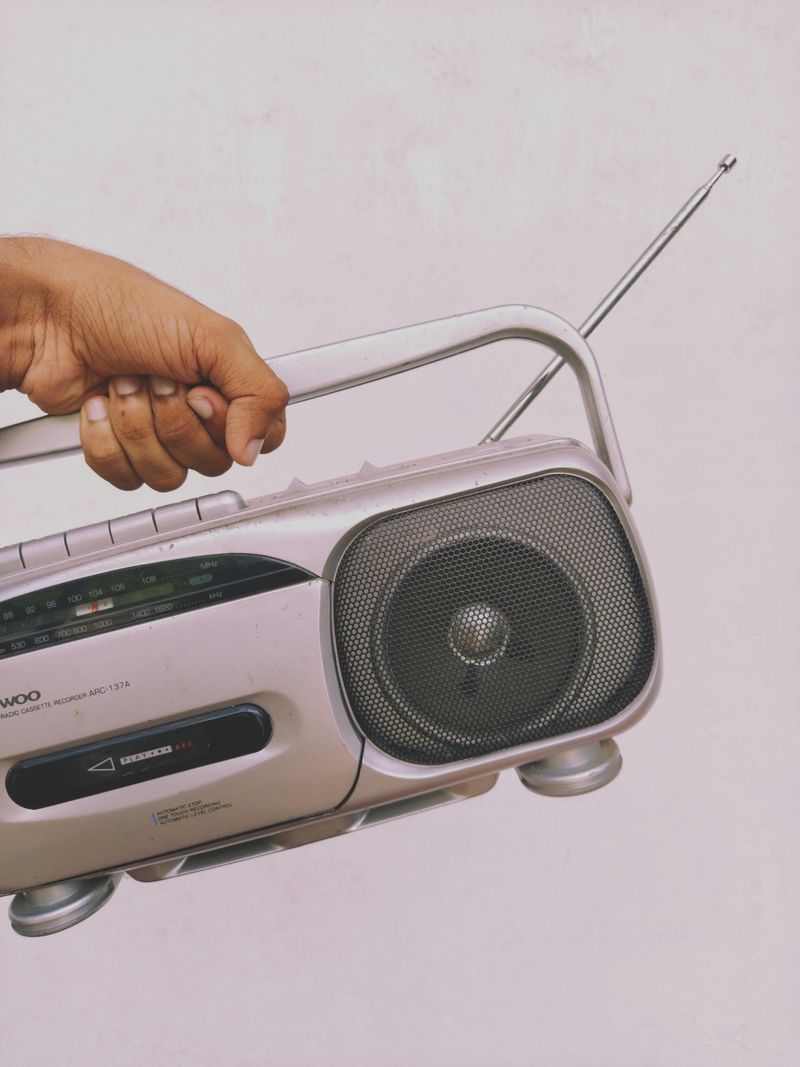
In the days before digital downloads, capturing your favorite tracks was an art form. Armed with a cassette recorder and a dash of timing, listeners waited patiently for the DJ to spin their desired song. Recording off the radio required precision and a bit of luck, hoping the DJ wouldn’t talk over the intro or outro.
These homemade mixtapes were crafted expressions of musical taste, each track a testament to dedication and perseverance. The recordings, complete with DJ banter, were souvenirs of a time when music discovery was an active pursuit—a dance between airwaves and tape reels.
11. Having Only a Few TV Channels
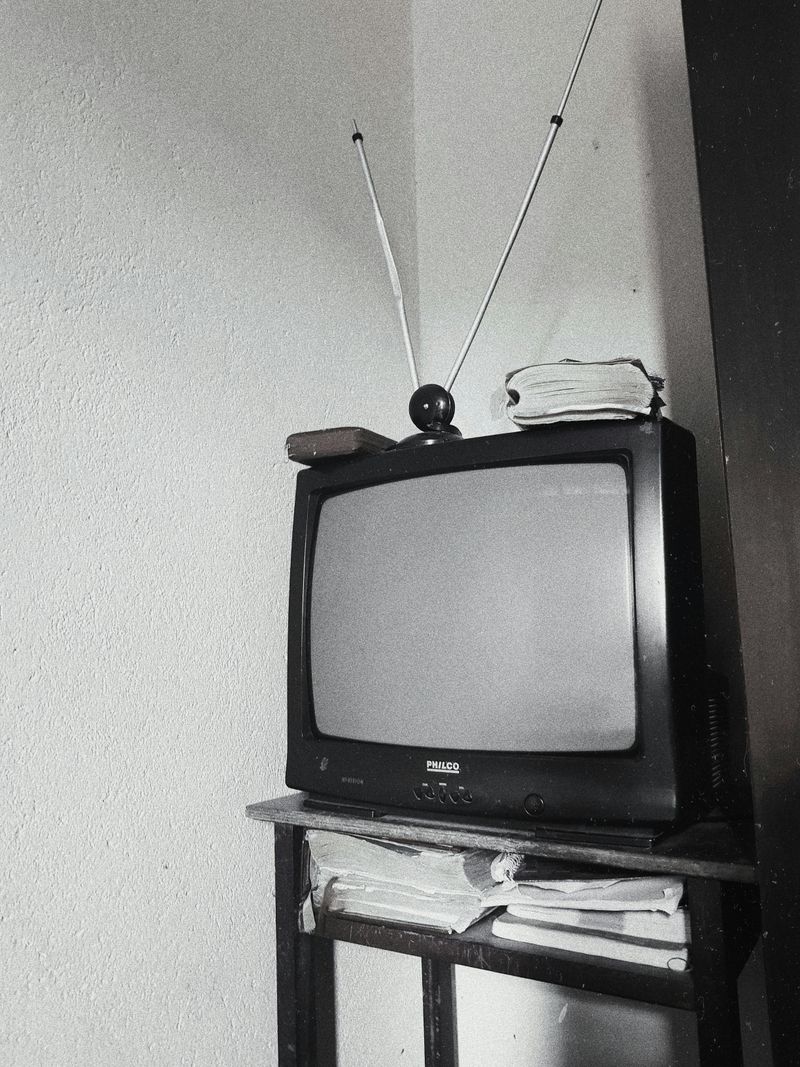
The simplicity of television with only a handful of channels offered a different kind of entertainment experience. This limited selection meant that programming was a shared event, with families gathering around the TV for scheduled broadcasts.
Adjusting the antenna for a clearer picture was part of the ritual, a physical interaction with the technology. Each channel was a gateway to diverse worlds, from news and documentaries to classic sitcoms. The scarcity of choice fostered a deep connection to the content, as viewers became invested in the shows available. This era of television was communal, engaging, and uniquely immersive.
12. Burning Mix CDs
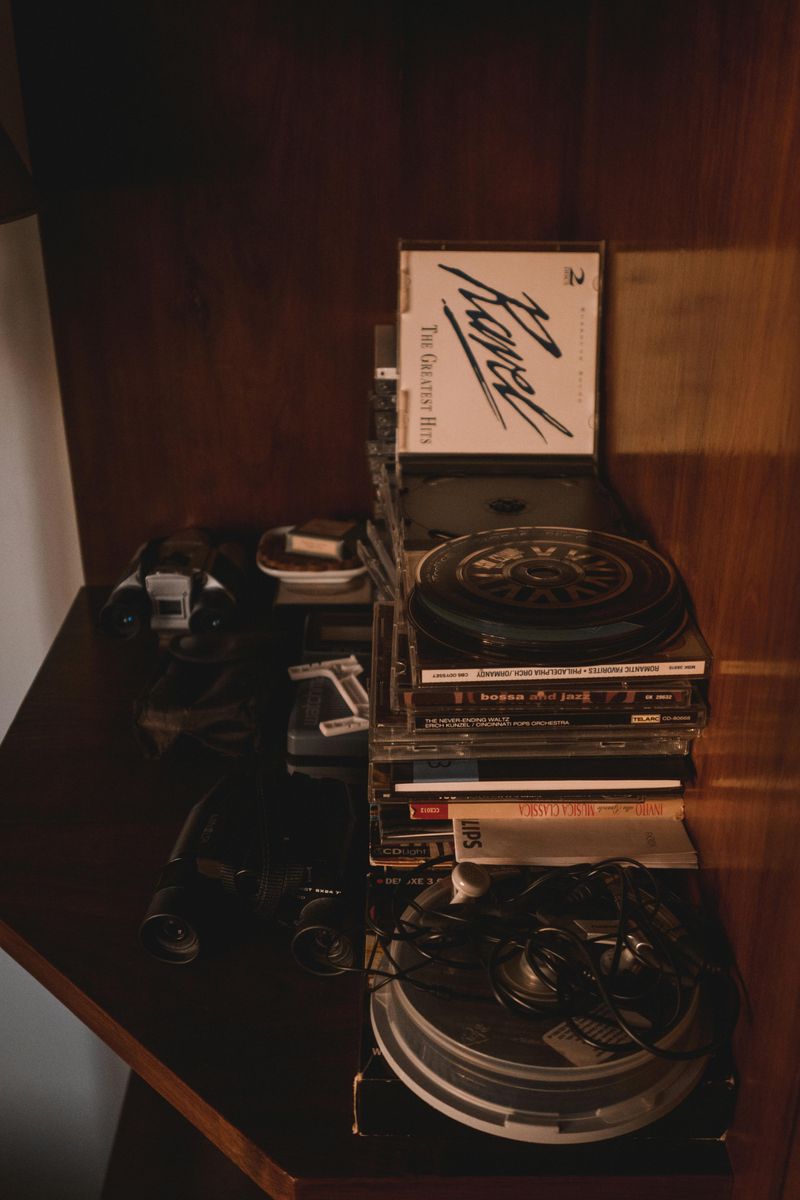
Creating a mix CD was an act of curation and creativity, a personal gift wrapped in a jewel case. Each track selected was a reflection of emotions, memories, and moods, carefully burned onto a disc. Designing the cover was a canvas for self-expression, with doodles and playlists penned by hand.
Sharing a mix CD was a gesture of connection, an offering of one’s musical soul. The process of burning was a ritual, a dance between software and hardware, resulting in a tangible artifact. These discs were soundtracks to moments, companions to adventures, and echoes of formative experiences.
13. Waiting for the Mailman
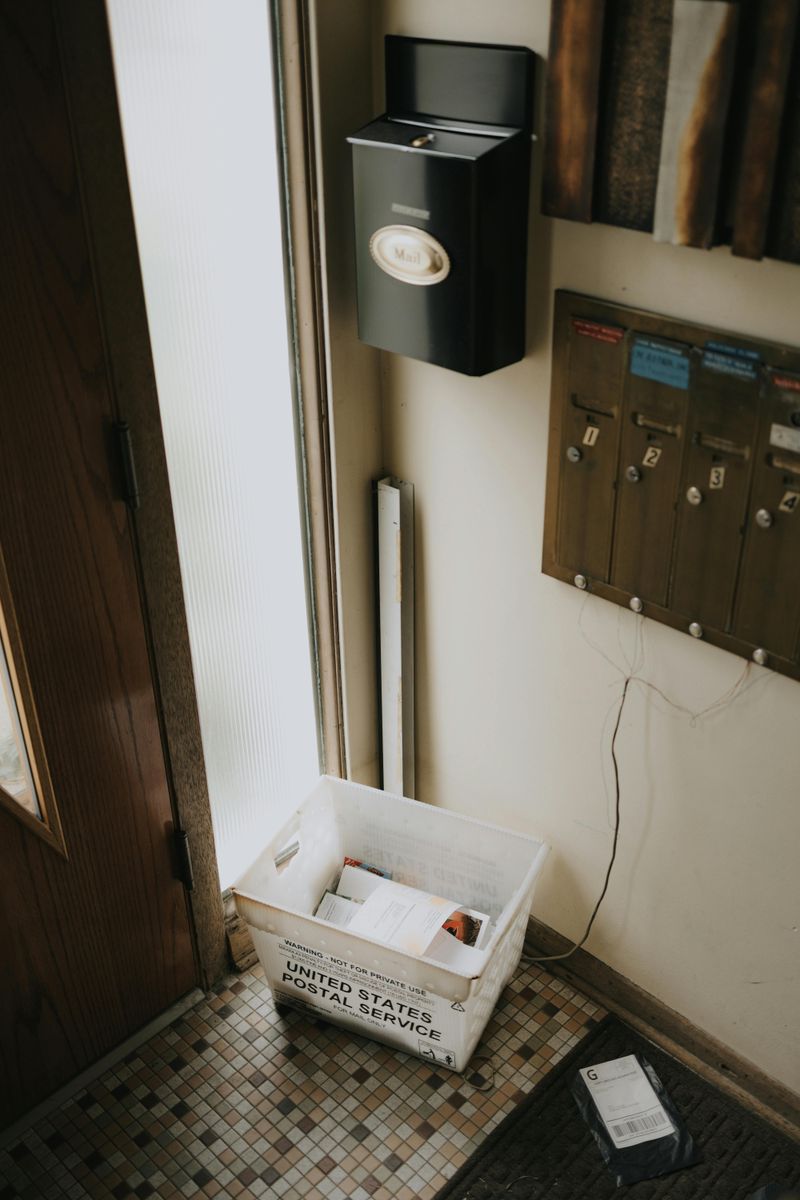
The daily arrival of the mail was once a highlight, a moment of anticipation and surprise. Magazines, catalogs, and handwritten letters brought news, entertainment, and connection. Each delivery was a promise of stories and updates from the world beyond. The rustle of paper and the sound of a mailbox opening were a comforting routine.
Waiting for the mailman was an exercise in patience, a pause in the day filled with expectation. It was a reminder of the tangible nature of communication, a time when correspondence was savored and cherished—a bridge between lives filled with ink and stamps.
14. Getting Lost Without GPS
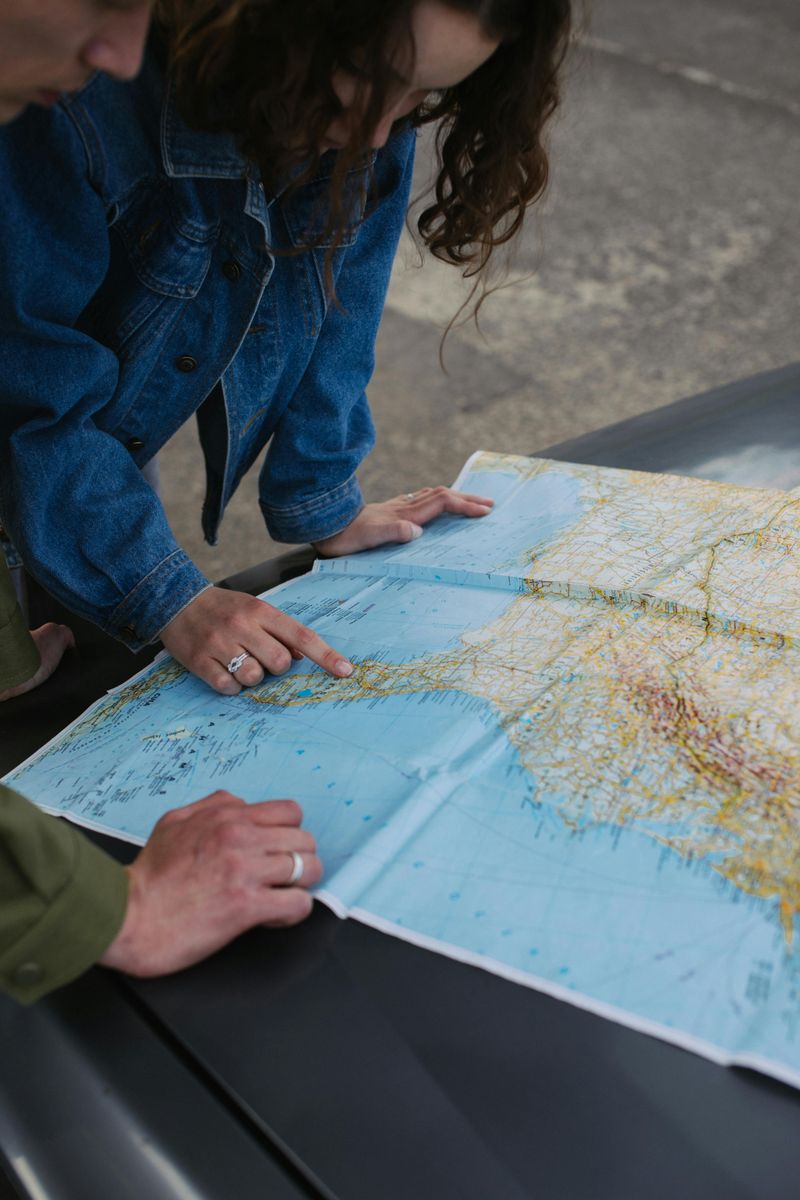
Navigating the world without GPS was a journey of exploration and intuition. Paper maps were your guide, with their complex folds and intricate details. Getting lost was part of the adventure, a moment of disorientation that sparked creativity and problem-solving.
Asking for directions was a social interaction, a chance to connect with locals and hear stories of the area. Each wrong turn was a lesson in adaptability, a detour into the unknown that often led to unexpected discoveries. This era of travel fostered a spirit of independence and curiosity, where the journey was as significant as the destination.

Comments
Loading…